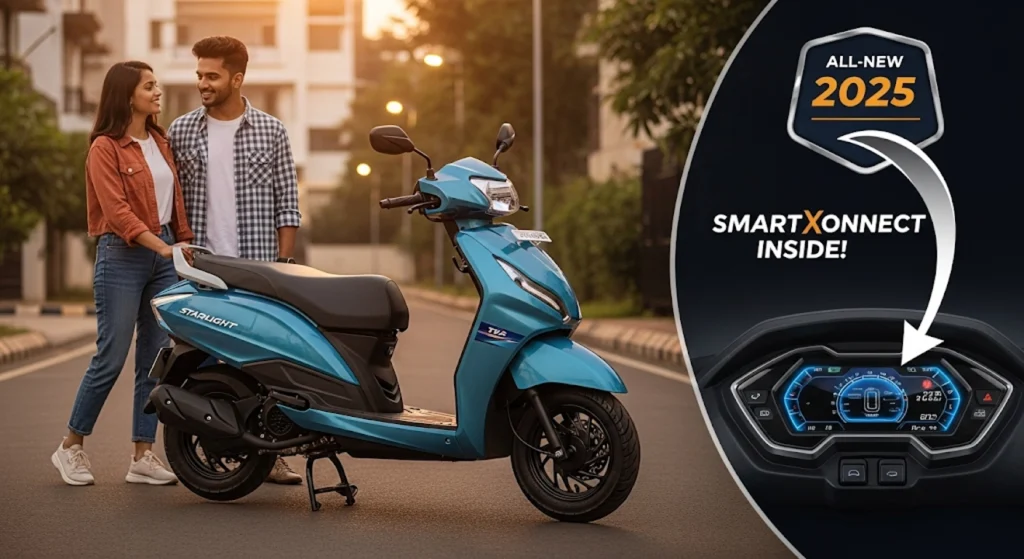Maruti e-Vitara Launch Delayed AGAIN! India’s Most Anticipated Electric SUV Now Pushed to 2026 – What Does This Mean for Buyers?
The wait for Maruti Suzuki’s first mass-market electric SUV just got longer, again. After much anticipation and even a symbolic flag-off by the Prime Minister, the launch of the Maruti e-Vitara, the electric derivative of the popular Grand Vitara, has reportedly been delayed once more. Sources indicate that the new timeline now points towards an early 2026 release, pushing back the dreams of many Indian buyers eager to get their hands on a reliable, feature-packed electric SUV from the country’s largest carmaker. This repeated delay raises crucial questions: Why the setback, and should potential buyers now reconsider their EV purchase plans?
Launch Timeline & Variants: The Prolonged Wait
Initially expected in late 2024 or early 2025, the e-Vitara’s continuous postponement is a concern for the Indian EV market.
- New Expected Launch Date: Early 2026. This is a significant pushback, potentially allowing rivals to solidify their positions further.
- Expected Price (when it arrives): While pricing will be clearer closer to launch, we anticipate an ex-showroom price range of ₹16 Lakh to ₹20 Lakh for different variants, factoring in inflation and evolving market dynamics.
- Expected On-Road Price: When it eventually launches, the on-road price in cities like Ambernath, Maharashtra, could range from ₹17.5 Lakh to ₹22 Lakh, depending on the variant and prevailing subsidies.
Battery & Range (Kitna Chalti Hai?): Still Under Wraps
With the launch delayed, official specifications for the e-Vitara’s battery and range remain speculative. However, for a vehicle targeting the mainstream, Maruti will need to deliver competitive figures.
We expect Maruti to offer at least two battery options. The base variant could feature a battery offering a real-world range of 280-320 km, suitable for city commutes. A larger battery pack for higher variants would aim for 380-420 km on a single charge, making it viable for intercity travel. Maruti is likely working on optimizing battery thermal management for Indian conditions and ensuring robust charging infrastructure compatibility. The explanation for the delay might lie in fine-tuning these critical aspects to ensure a flawless product launch.
Features & Design: Familiarity with an EV Twist
The e-Vitara is expected to largely mirror the successful Grand Vitara in terms of design and dimensions, but with distinct EV-specific updates.
- Exterior: Expect a revised, closed-off grille, aerodynamic alloy wheels, and unique badging to differentiate it as an EV. The overall dimensions should remain similar to the Grand Vitara, ensuring a commanding road presence.
- Interior: The cabin will likely feature a modern layout with a focus on digital elements, including a large infotainment touchscreen with advanced connectivity features, a digital instrument cluster displaying EV-specific data, and perhaps some new trim materials.
- Safety: Maruti Suzuki is expected to offer a strong safety package, potentially including multiple airbags, ABS with EBD, ESP, and possibly ADAS features in higher trims, crucial for this price segment.
Rival Comparison: The Race Continues
The continuous delays give rivals more time to innovate and capture market share.
- vs. Tata Nexon EV Max/Long Range: Tata’s Nexon EV is a well-established leader. By 2026, Tata will likely have even more advanced versions or entirely new EV models, making the e-Vitara’s entry tougher.
- vs. Mahindra XUV400: Mahindra is also aggressively expanding its EV portfolio. The XUV400 already offers competitive range and features, and Mahindra will not sit idle.
- vs. Hyundai Creta EV (expected): Hyundai is also expected to launch an electric Creta, a direct segment competitor, potentially well before the e-Vitara. This means Maruti will enter a segment where rivals have already built strong customer bases and ecosystems.
Value-for-Money Analysis: Who Still Waits?
- Who should still consider waiting for this car? Die-hard Maruti Suzuki loyalists who prioritize the brand’s legendary reliability, extensive service network, and low maintenance costs above all else. Also, those who are not in urgent need of an EV and believe Maruti’s thorough development process will result in a superior, more reliable product.
- Who shouldn’t wait? Anyone with an immediate need for an electric SUV. The market is already rich with strong contenders offering good range, features, and performance. Waiting until 2026 might mean missing out on significant benefits of EV ownership right now and possibly finding the e-Vitara playing catch-up upon arrival.
Buyer Advice (Unique Insight): The Practical Reality
My editorial view is clear:
- If you need an electric SUV in the next 1-2 years, DO NOT wait for the Maruti e-Vitara. The market has evolved significantly, and excellent alternatives from Tata, Mahindra, and Hyundai are already available or will be launched much sooner. You stand to gain immediate benefits of lower running costs and a cleaner commute.
- If you are a staunch Maruti loyalist and truly believe their eventual product will be superior and worth a multi-year wait, then continue to hold out. However, be prepared for a long wait and potentially a market landscape that has moved on significantly.
Frequently Asked Questions (FAQs)
Final Verdict: WAIT AT YOUR OWN RISK
The repeated delays for the Maruti e-Vitara are concerning for prospective buyers. While Maruti Suzuki’s entry into the EV segment is highly anticipated, its prolonged gestation period means it will enter a much more mature and competitive market. For most buyers, the practical advice is to CONSIDER ALTERNATIVES NOW. Waiting carries the risk of missing out on current advancements and finding a potentially crowded market upon its eventual arrival.



